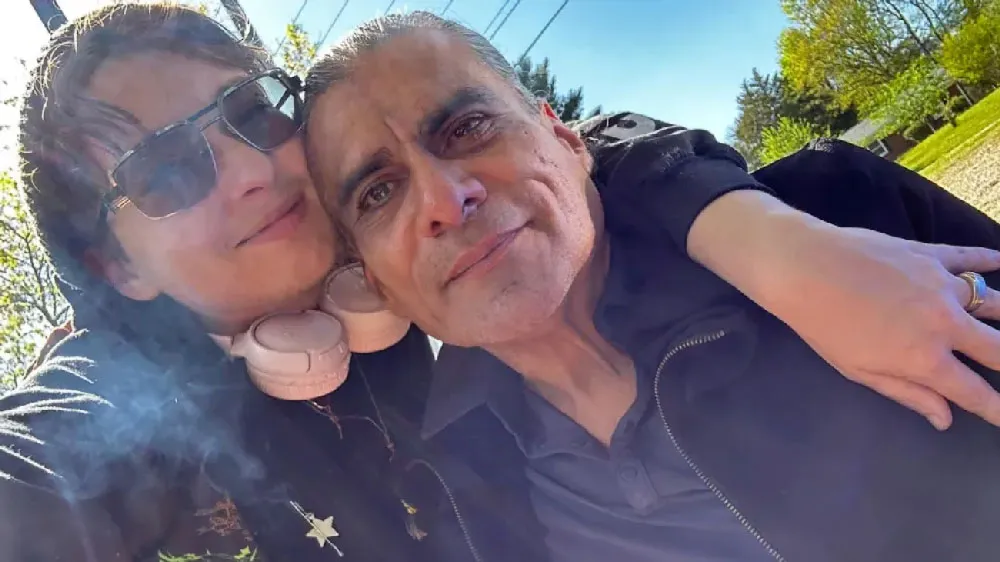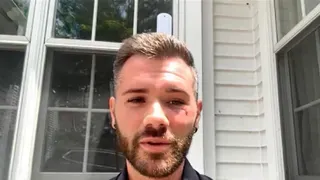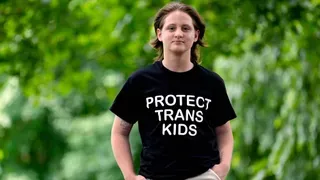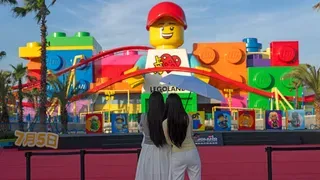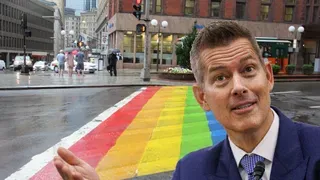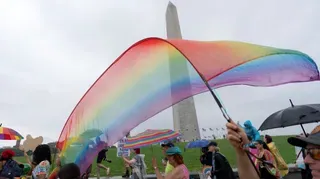October 20, 2012
Boston Protects With Gay Men's Domestic Violence Project
Dan Meyer READ TIME: 6 MIN.
One weekend in April of 2012, two gay men who were dating had a violent argument while camping in Provincetown, resulting in a death.
Although most cases of domestic violence don't end in murder, the gay community has a hidden epidemic of intimate partner violence with alarmingly high rates. And groups like the Boston's Gay Men's Domestic Violence Project are working hard to provide resources for the LGBT community.
What happened that night remains a mystery, but some things are clear, however: in a fit of rage coupled with alcohol and drug use, Costello strangled his boyfriend David Walton. The body was discovered by police April 3, and witnesses to the argument led detectives to the assailant.
Originally charged with murder, last month James Costello pleaded guilty to the lesser charge of voluntary manslaughter, and was sentenced to 15 years in jail.
"This is a very tragic case of domestic violence," ADA Lisa Edmonds told The Herald News in Fall River. "Hopefully the family and friends of Mr. Walton can find some peace."
Yet while some victims' families are given an outlet for their grief, plenty of victims are struggling to find a place where they can be protected.
"A high profile homicide case acts as a vehicle for getting the message out that domestic violence does exist in GLBTQ community," said Curt Rodger, the director of Gay Men's Domestic Violence Project (GMDVP). "It is just as lethal and deadly of an issue in our community as it is in the mainstream community."
Rodgers himself is a survivor of domestic abuse. Nearly 20 years ago, he was forced to flee his home after an attempted murder on his life. The problem, though, was the severe lack of resources available.
"When I was fleeing an attempted murder, and I needed a place to stay, I was turned away from all the programs I approached," he told EDGE.
Now, there are programs like GMDVP, which stands out because of its safe home facility, an actual residence available to victims. In addition to one in Greater Boston, there are locations spread throughout Massachusetts.
The program also has 24-hour abuse hotlines in Rhode Island Connecticut. Rodgers added that the group provides legal services and a GLBTQ specific attorney program. Counseling, a crisis center, and housing/employment advocacy -- staples of any domestic abuse organization -- are also available.
And while more programs, especially in the New England area, are available for people in the GLBTQ, the rates of incidents compared to heterosexual relationships is staggering.
According to the U.S. Department of Justice, same-sex co-habitants reported significantly higher incidents of domestic violence than opposite-sex co-habitants.
About 39.2 percent of women in lesbian relationships stated that they were abused, whereas only 21.7 percent of women reported incidents in male-female relationships. In same-sex male relationships, 23.1 percent reported domestic violence while 7.4 percent of heterosexual males involved in an intimate co-habitation came forward.
Rodgers said it's the comparative numbers that matter most, since the percentages will vary from study to study. But a similar pattern has emerged from all the data collected.
"It's almost double in terms of how many incidents are experienced in homosexual relationships," concluded Rodgers.
With such a high rate of violence of the community, two questions arise: why are the numbers so high? And how can society help to stop it?
In a survey conducted by the Gay Men's Domestic Violence Project during Pride 2010, only 24 percent of those asked could name a resource where they could find help in the event of domestic abuse.
"Domestic violence is all about power and control, so the more someone does not have power within our society, the more vulnerable they can be towards being abused," explained Rodgers.
Of the different letters represented, the trans community has the highest rate of abusive relationships. The reason why, is clear: the more a community is marginalized, the easier it is for a partner to control them.
Additionally, there's a significant vulnerability factor for LGTBQ youth who are getting into their first relationship. Sometimes abusive partners will even say that this type of behavior is normal in same-sex cohabitation, which creates a misperception because these young adults have no idea whether or not that's a true statement; they just listen to the dominant voice.
Fixing the Problem: Educate the Masses
There is hope. Education and advocacy can lead to a better understanding of domestic violence within these types of relationships. That, in itself, leads to national awareness of an epidemic that many are not aware of.
"I've read a few articles about domestic violence, but I had no idea the extent to how pervasive this issue is in our society," Gloucester resident Catherine Curran told EDGE. That doesn't mean she thinks the issue should continue to be ignored.
"Something definitely needs to be done to protect the victims," she concludes.
In addition, awareness leads to funding. GMDVP is a state-funded program and certainly one of the most comprehensive, but there are plenty of mainstream community programs that are completely oblivious to the issue, as Rodgers horrifyingly discovered 20 years ago.
"Awareness needs to be raised in the mainstream community, especially with the police and the courts and other domestic violence programs that provide services and become more inclusive," said Rodgers.
When asked if these programs purposefully don't include the LGBTQ community, Rodgers explained, that 20 years ago, domestic violence was only considered to include battered women abused by their male partners. Mainstream organizations catered their education outreach programs to that community.
Over the years, the work that programs like the GMDVP and others have accomplished has led to a wider range of services available in non-GLBTQ specific organizations.
"They're completely inclusive and do their best to be proactive in their education as well as fully inclusive of their services," offered Rodgers. "There are others that aren't there yet, but are trying to transition. Additionally, a smaller number of programs claim to be inclusive but they're really not and the services they're providing are probably not culturally appropriate."
Even still, Rodgers said that enough programs don't try at all.
The State Has a Responsibility to Protect
"Yes, [the state] does have a responsibility, but I'd also say that they've upheld their duty. We've been a state-funded program since 1999," said Rodgers.
That's the case for Massachusetts, at least. Rodgers also stated that while all states have a responsibility, very few are proactive in protecting the LGBTQ community in regards to domestic violence.
"There aren't enough resources for LGBTQ victims of domestic violence and I would include sexual assault, as well," said Rodgers.
He said that people need to really actively engage in the issue, be committed to the issue and have it be part of discussions within the community. Right now, he said, the problem is that people are not willing to recognize the issue and it needs to be addressed.
"Once that happens, there will be a greater awareness," said Rodgers. "Also, you'll have more resources going towards the provision of services, which is lacking at this point."
For more information about GMDVP's programs, visit gmdvp.org/
Dan Meyer is a young professional whose stories have appeared in publications such as The Advocate online and UCLA's LGBT magazine entitled "OutWrite." He is also a part-time ESL teacher in Boston.
